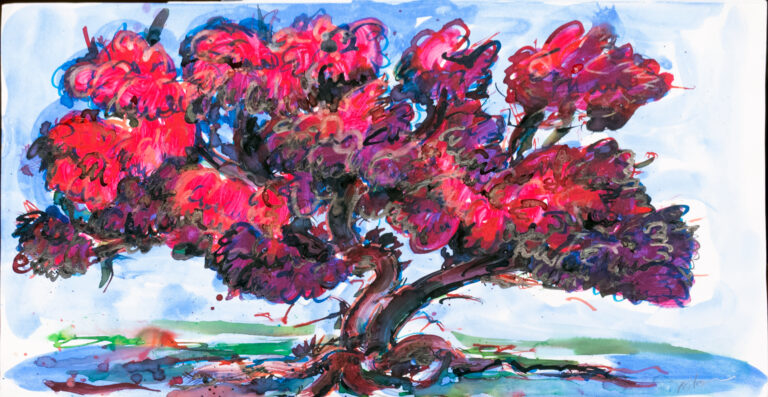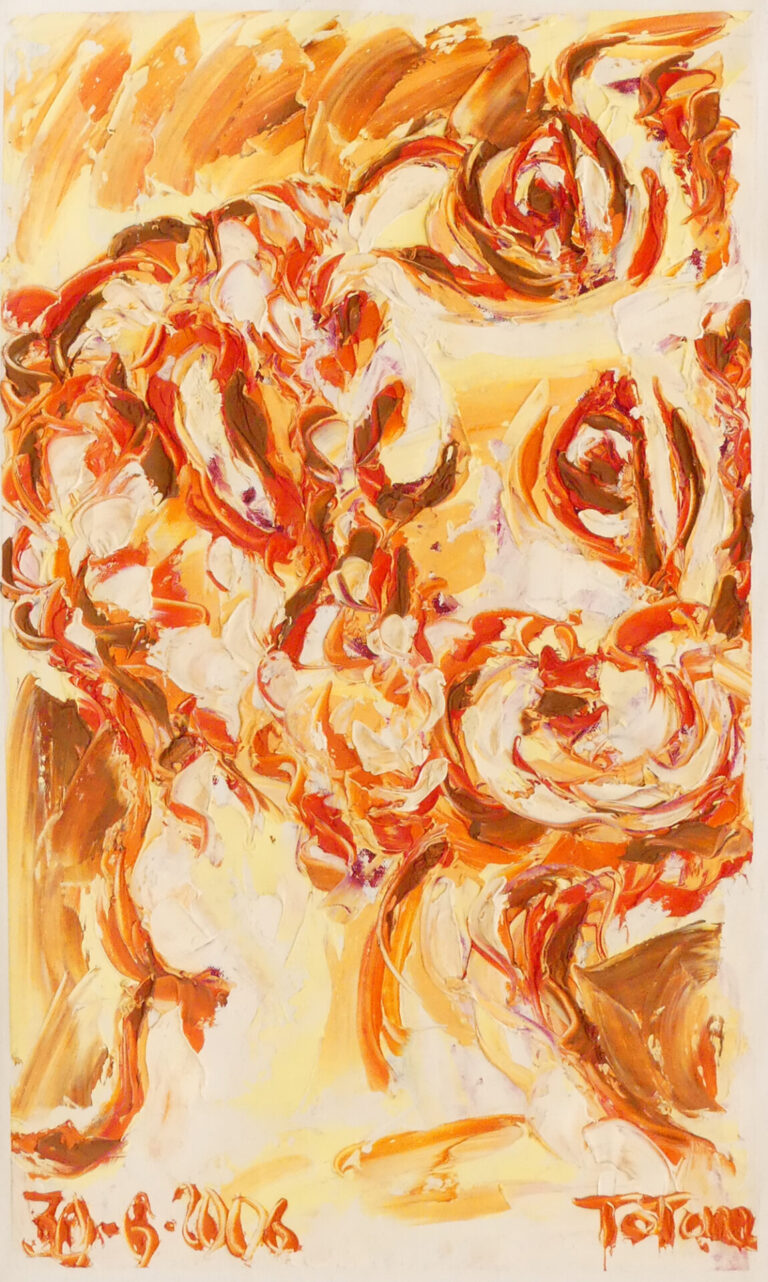The tree in Taoism
The tree in Taoism is a deep and clear symbol of rootedness and unity. The tree connects heaven with earth, and helps us discover the center. It is a symbol of connection, of ancestors, uniting the past with the future, of durability and growth.
It teaches us how the past helps us create the future, how the roots reach the underworld, the hidden, how the branches grow and expand to infinity.
Tree Pose in Chi Kung
The tree posture in Chi Kung is a static fundamental posture. From it arise all other movements.
The initiate begins with a small plant, later it grows, the chi kung master embraces the tree with elegance, flexibility and balance. It is a static posture that helps accumulate a large amount of energy, which through the different movements of life, transform and transform us, move us and move them.

The tree in the painting
The tree in the painting is a key and simple symbol of nature.
In Taoist painting and art, trees are the beginning in the landscape. The painter who started out in the trade, in ancient times, began with a leaf, then a branch, then a tree, later a forest, and finally the mountain. It was a long process, it took some painters their whole lives to approach the landscape in its entirety, but it was a fundamental way to determine the sensitivity and character of the artist.

The symbol of the tree
The symbol of the tree is universal, it is a timeless symbol that we can all understand. They are the roots, our past, the legacy we have received, and also the ancestors and the lineage that sustains us and gives us everything we have. The food comes from the roots, the strength comes from the same roots. But the roots are underground, they are hidden, every human being has a father, a mother, two grandfathers, two grandmothers, great-grandfathers, great-grandfathers… every human being has roots. Powerful roots that build his life. When a person has strong roots, his life grows and develops with security and balance. When a person has weak roots, or they have broken, the person has to work much harder to achieve the same.
The tree grows through a trunk, a firm wood, symbol of the heart. Wood unites heaven and earth, unites the roots of our ancestors with the creative power that the universe has given us. Just like the heart that unites the mind of infinite possibilities and intelligence, with the earth, the body, the blood and the flesh.
The crown, the branches, the leaves, the flowers, belong to the sky, to the sun that nourishes them. They are the divine aspect, elevation, the fruits of our efforts.
The tree is a powerful symbol, not only in Taoism, on all roads, in all places.
The four noble knights
The four honorable knights are a fundamental aspect in Taoist painting.
In ancient China, a man of great virtue was called a knight. A noble knight exalted all human virtues. the four noble knights
Bamboo, chrysanthemum, plum blossom, and orchid are called the four noble knights.
They are plants, they are trees, which represent all the movements and forms of the universe. The artist, in these gentlemen, found honor, loyalty, confidence in his art.
These plants help us to specify the virtues that ennoble people, but they also remind us that virtues are not intrinsically human, but are part of nature, they are virtues that we can find in all aspects of nature.
The search for virtuosity
We all share the need to purify ourselves, to find the essence, to find the purest virtue, but what does that mean? The Taoist artist wishes to display the qualities that most exalt the beauty of the world soul. Purifying ourselves may be just removing the veils of arrogance, despotism, pride, in order to find spiritual purity, and to bring to light the qualities that by nature belong to the essence of everything.
All the masks, although apparently embellishing, do nothing more than hide the essential virtues.
In Taoism, the way is to find that virtue, in oneself and in everything that surrounds us. But it is not a virtue as a developed quality, but a natural virtue: peace, balance, honesty, coherence…






